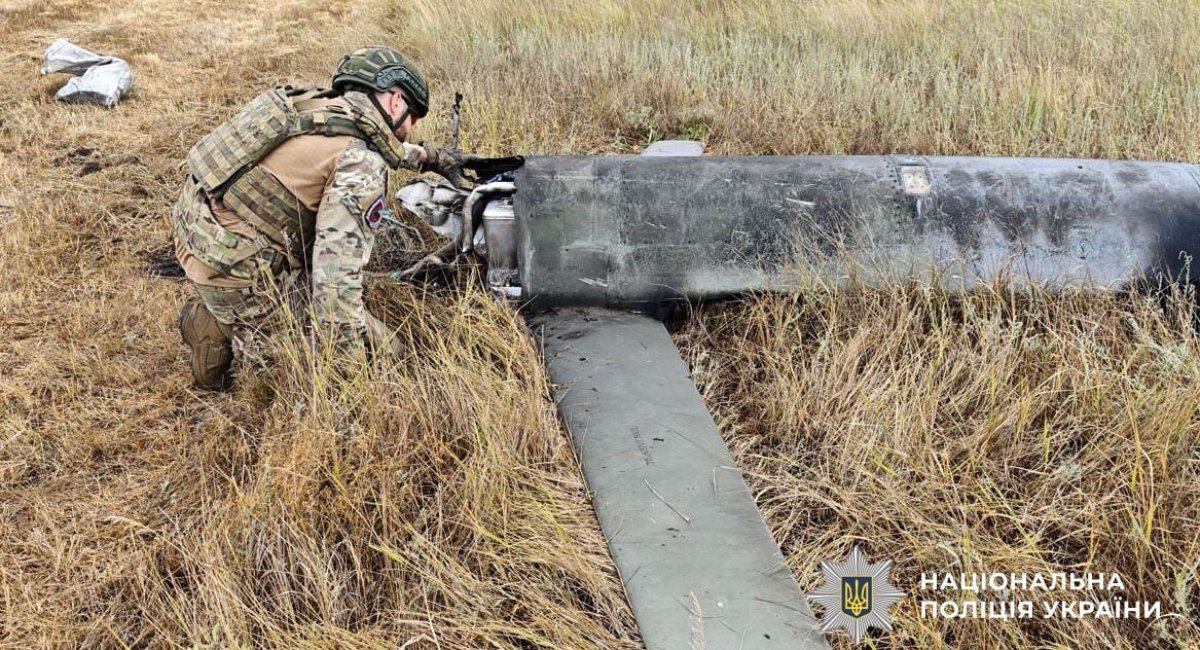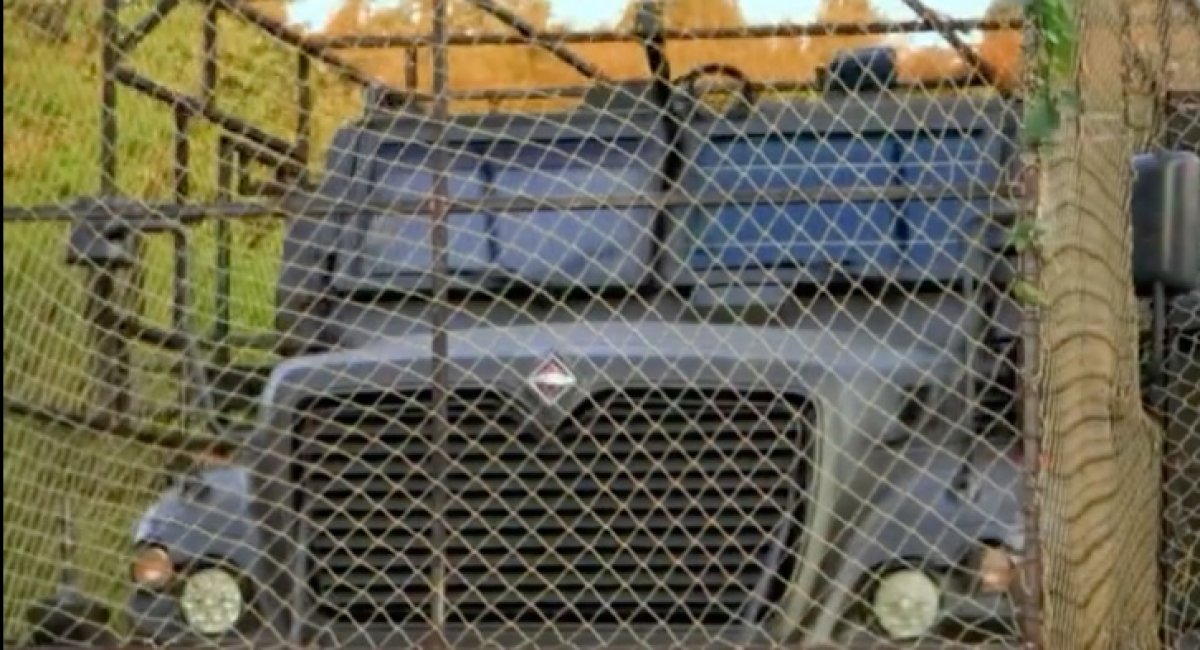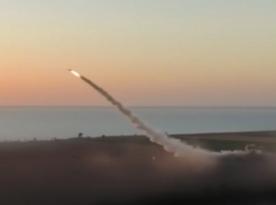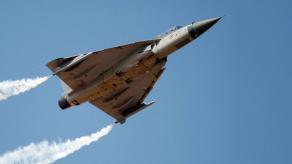Fighters of Ukraine's Ranger 4th Special Operations Regiment have unveiled an upgraded version of their MaxxPro armored vehicle, now reinforced with additional protection specifically designed to counter the growing threat of FPV drones. The Кegiment showcased the improved vehicle on their official social media, highlighting its continued role as a reliable battlefield asset.
The MaxxPro, originally developed as a mine resistant ambush protected (MRAP) vehicle by Navistar International in collaboration with Israel's Plasan Sasa, was built to withstand landmines and improvised explosive devices. Its hallmark V-shaped hull effectively deflects blast waves, making it highly survivable in hostile environments.
Read more: Germany's Hensoldt to Supply Ukraine with Advanced TRML-4D and Spexer 2000 Mk 3 Radars for the First Time
Now, in response to the evolving tactics of russian forcesб particularly the widespread use of FPV kamikaze dronesб the vehicle has been adapted with additional defenses to address these aerial threats. The modifications likely include enhanced electronic countermeasures, kinetic protection systems, and additional armor plating over critical areas.
The 4th Regiment noted that the MaxxPro vehicle remains a mobile and durable platform for transporting troops under fire, capable of carrying up to seven personnel including the crew. They emphasized that its resilience is key to protecting Ukrainian special forces in dynamic and high-risk operations near the front line.
This adaptation reflects a broader trend in modern warfare, where legacy armored vehicles are being retrofitted to address drone warfare, a domain that has grown to dominate Ukrainian battlefield. The MaxxPro vehicle's successful transformation illustrates how international defense technology, when integrated with local operational knowledge, can effectively adapt to rapidly changing threats.
The vehicle's continued service also speaks to the long-standing utility of American and Israeli defense cooperation, combining advanced engineering with hard-earned battlefield experience. Such platforms remain vital in Ukraine's ongoing defense against russia's full-scale invasion.
As Defense Express previously reported, Ukrainian police explosive ordnance disposal (EOD) units have successfully neutralized the remains of russian strategic cruise missile that failed to detonate after being shot down. The operation took place in Poltava region, where the wreckage was discovered near agricultural lands, according to a statement by the Ministry of Internal Affairs.
The missile in question was the Kh-101 long-range air-launched cruise missile widely deployed since the beginning of russia's full-scale invasion of Ukraine. Designed for high-precision strikes on strategic targets, the Kh-101 is typically launched from the Tu-95MS or Tu-160 strategic bombers. In this incident, the missile carried a cluster warhead, a recent and concerning development.

Read more: Ukrainian Police Deminers Neutralize Unexploded russian Kh-101 Strategic Missile with Cluster Warhead (Photos)














